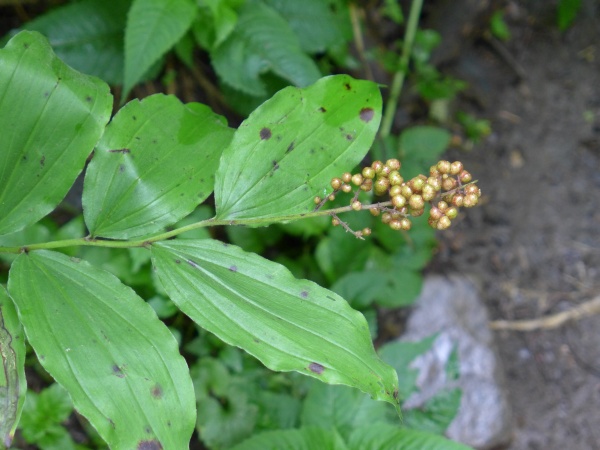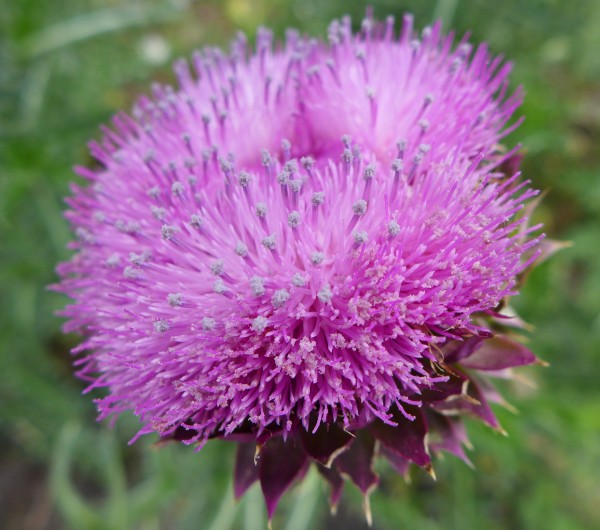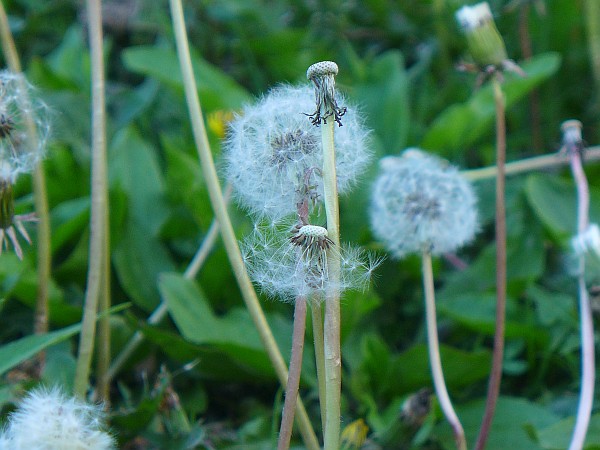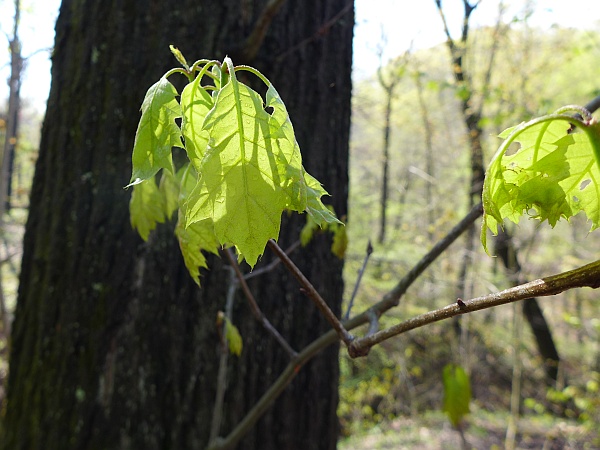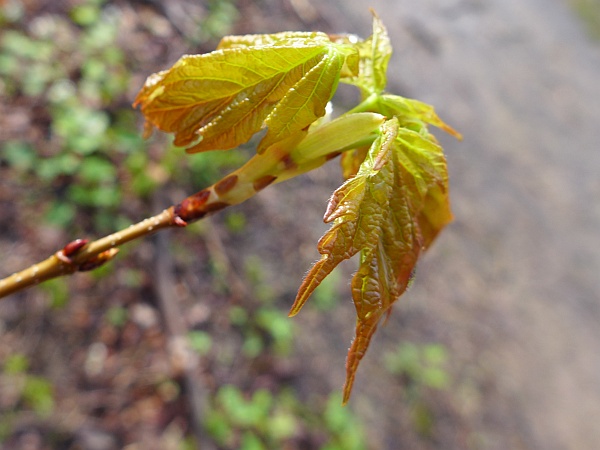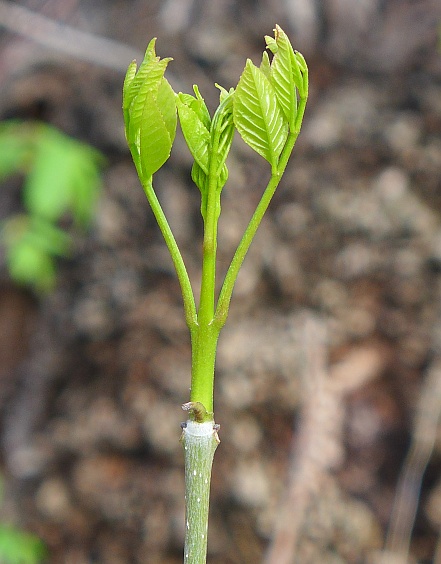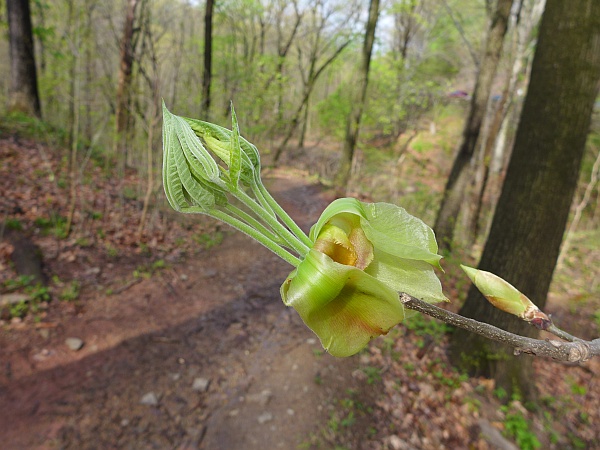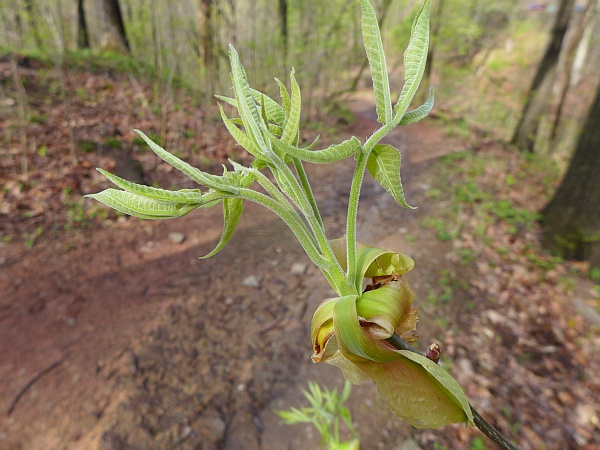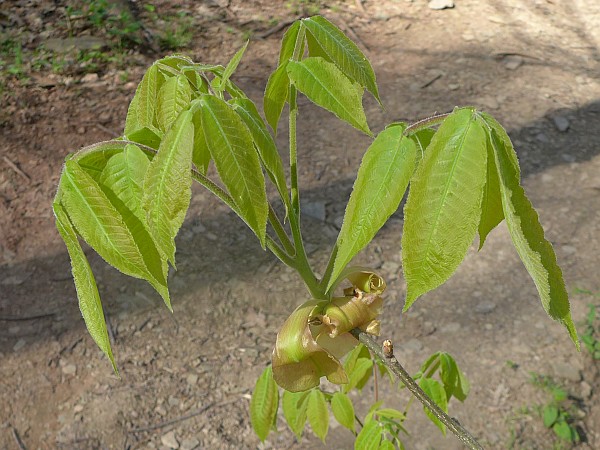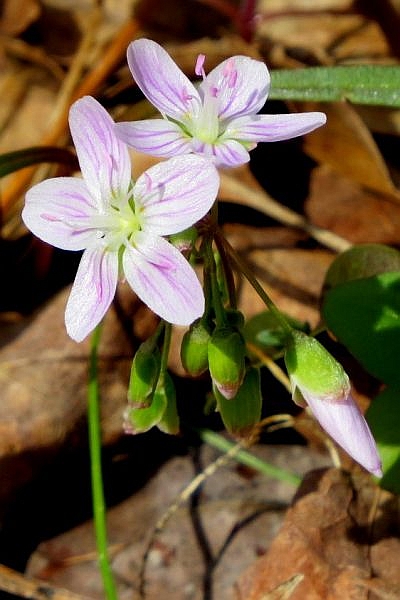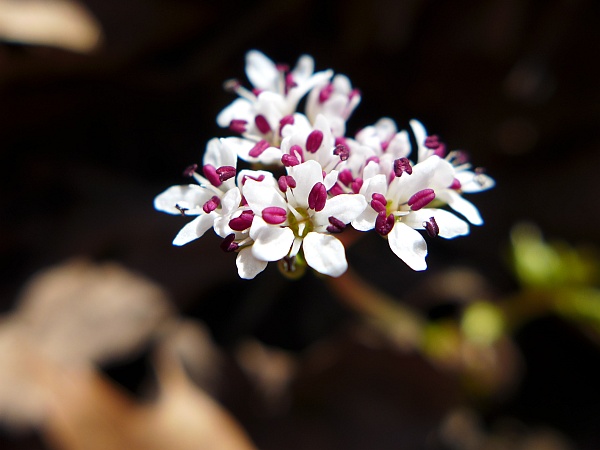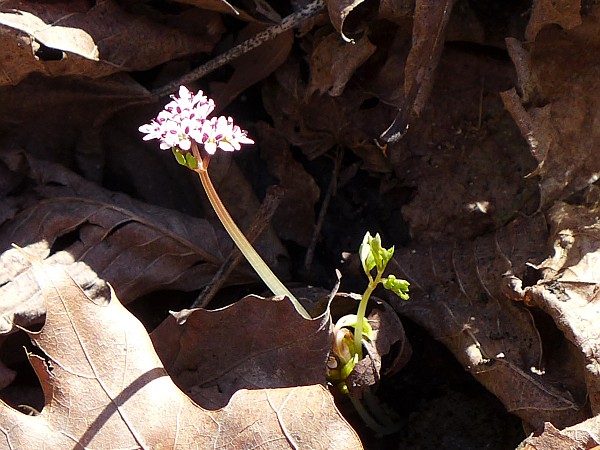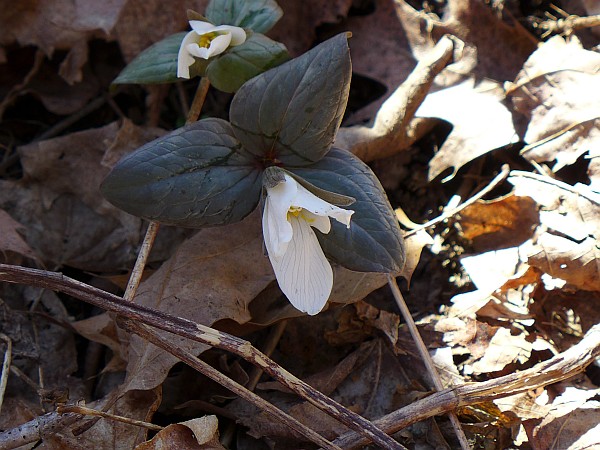
At the end of May I lamented that my backyard was dry and cracked while 27 counties in Pennsylvania were under a Drought Watch.
Conditions have changed significantly.
From a May rain deficit of 1.23 inches, Pittsburgh now has a surplus of 2.00″ in the first 23 days of June. (Normal in Pittsburgh is 3.95″ for May and 3.30″ to the 23rd of June.) Yes it’s wet!
Around western Pennsylvania it’s wet elsewhere, too. New Castle got 2.32″ in yesterday’s storms alone! Johnstown is 6.5″ above normal for the month (300% of normal) and Dubois stands at 1.85″ above normal for June 23.
The wet weather has caused flash floods, flooded basements and another more subtle problem: fungus.
On Monday I noticed that the tulip trees in Schenley Park and at Phipps’s outdoor garden have brown curled leaves at the top. Worried that we had another forest pest on our hands I emailed this photo to Phil Gruszka, my favorite tree expert at the Pittsburgh Parks Conservancy. He says its anthracnose.
Anthacnose is a group of fungi that infect shade trees, usually browning their leaves but sometimes infecting their twigs, bark and fruit. Each tree species has its own specific fungus pest. The one that infects tulip trees attacks the leaves.
In large stands of trees there’s no practical treatment for anthracnose. Though it may weaken the trees it doesn’t kill them outright and they get a respite if the weather changes. The fungi go away when it’s dry.
When will it be dry? … Do we dare ask that question?
p.s. Libby in New Castle, Marianne in Dubois area, and Marcy in Indiana County, how’s the weather out there?
(photo by Kate St. John)
